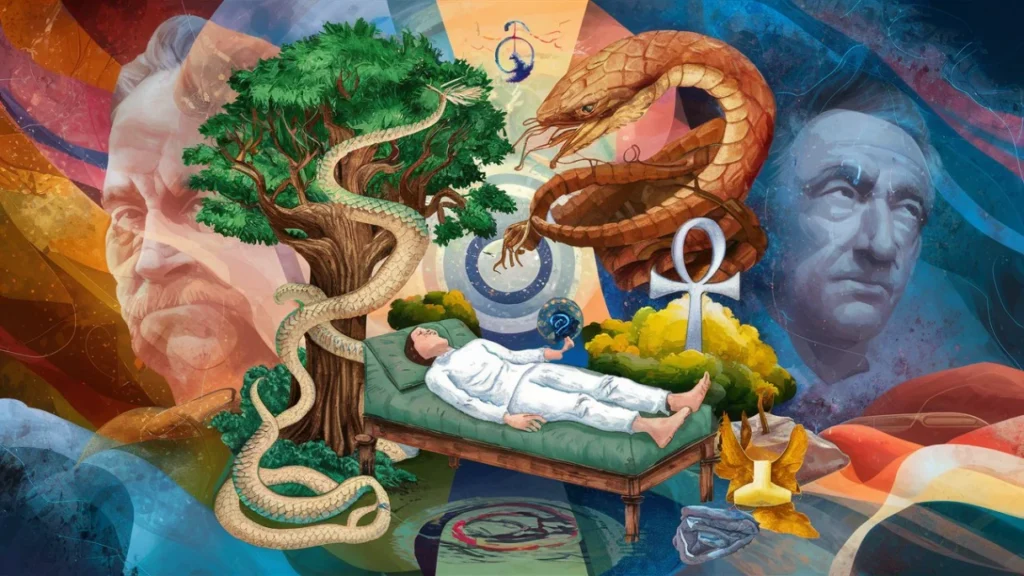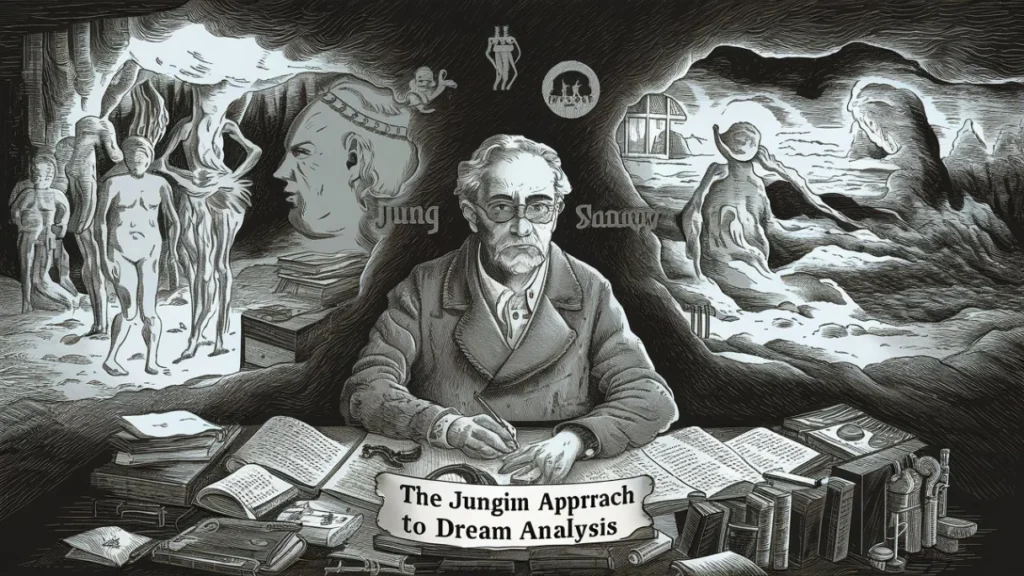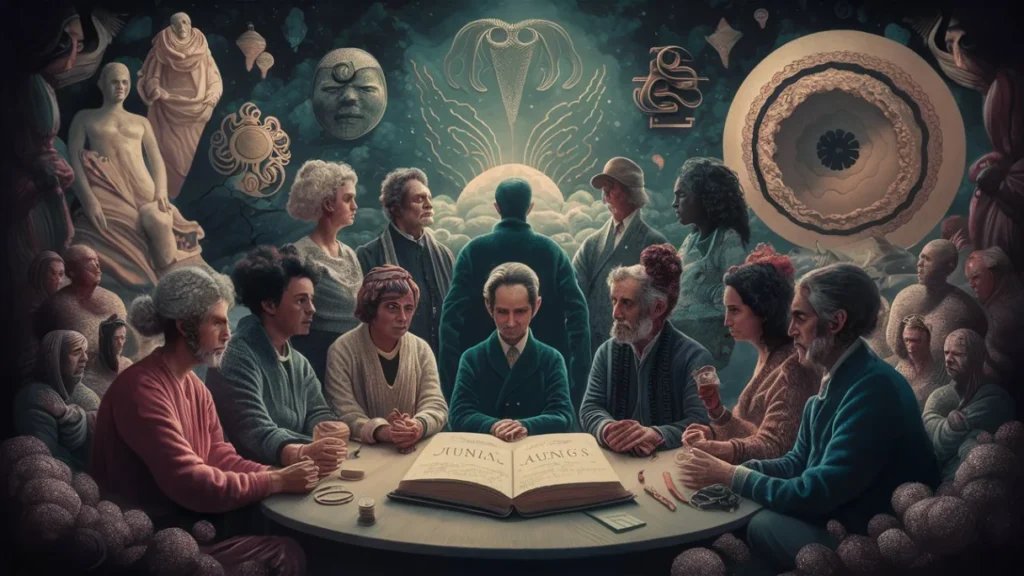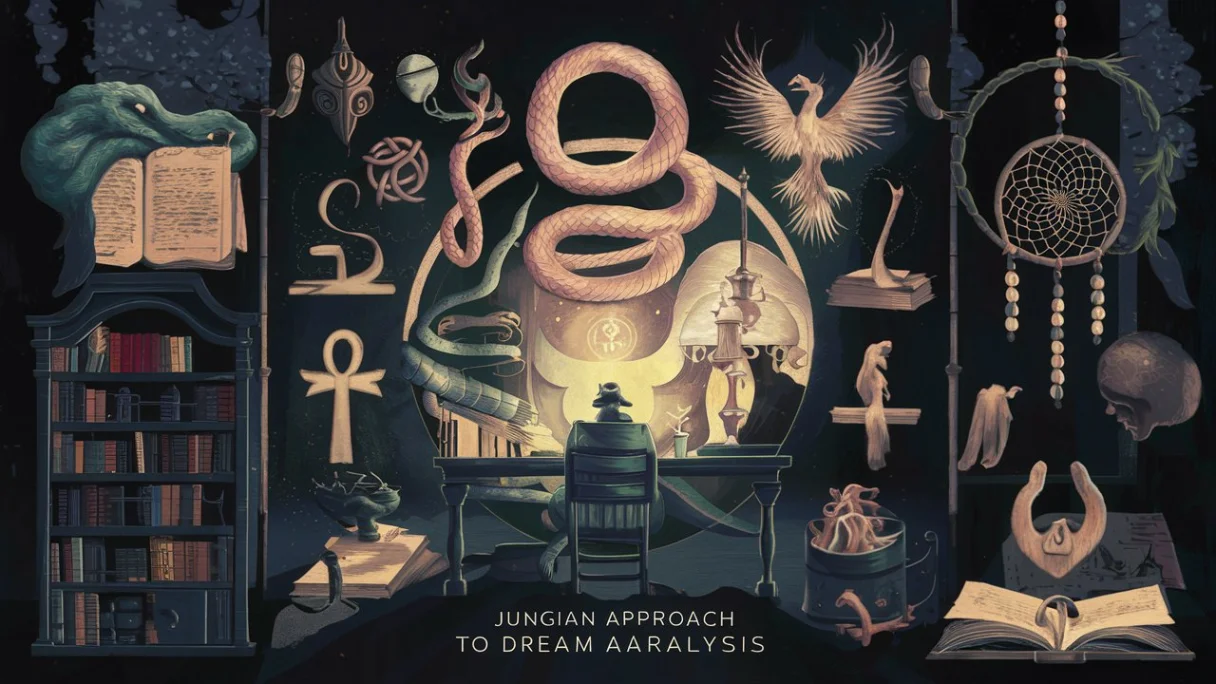Dreams have always been a fascinating aspect of the human experience, and many people seek to understand the meanings behind their nightly visions. One of the most influential figures in the field of dream analysis is Carl Jung, a Swiss psychiatrist and psychoanalyst who developed a unique approach to interpreting dreams. In this blog post, we’ll explore the Jungian approach to dream analysis, focusing on the concepts of archetypes and symbolism.
What is the Jungian Approach to Dream Analysis?
The Jungian approach to dream analysis is based on the work of Carl Jung, who believed that dreams are a window into the unconscious mind. Jung proposed that the unconscious mind communicates through symbols and archetypes, which are universal patterns or images that appear in dreams, myths, and fairytales across different cultures.
According to Jung, the purpose of dream analysis is to help individuals achieve a state of wholeness and self-realization, which he called individuation. By exploring the symbols and archetypes in their dreams, individuals can gain insight into their unconscious minds and integrate these aspects into their conscious lives.
Archetypes in Dreams

One of the key concepts in Jungian dream analysis is the idea of archetypes. Archetypes are universal patterns or images that exist in the collective unconscious, which is a part of the unconscious mind that is shared by all humans. Some common archetypes that appear in dreams include:
- The Hero: Represents the individual’s journey towards self-realization and overcoming obstacles.
- The Shadow: Represents the hidden or repressed aspects of the individual’s personality.
- The Anima/Animus: Represents the masculine or feminine aspects of the individual’s psyche.
- The Wise Old Man/Woman: Represents wisdom, guidance, and the individual’s higher self.
By identifying the archetypes that appear in their dreams, individuals can gain insight into the underlying themes and conflicts in their lives.
Symbolism in Dreams
Another important aspect of Jungian dream analysis is the interpretation of symbols. According to Jung, symbols in dreams are not always literal representations of their waking-life counterparts. Instead, they often have a deeper, more personal meaning that is unique to the individual dreamer.
For example, a snake in a dream might represent something different for each person. For one individual, it could symbolize fear or danger, while for another, it could represent transformation or healing. The meaning of a symbol can also change depending on the context of the dream and the individual’s associations with that symbol.
To interpret the symbols in their dreams, individuals can use techniques such as free association, amplification, and active imagination. Free association involves exploring the personal associations and emotions connected to a particular symbol. Amplification involves exploring the cultural and mythological significance of a symbol. Active imagination involves engaging with the symbol through visualization or creative expression.
The Process of Jungian Dream Analysis

The process of Jungian dream analysis typically involves several steps:
- Recording the dream: Individuals are encouraged to keep a dream journal and record their dreams as soon as possible after waking up.
- Exploring the dream: Once the dream is recorded, individuals can begin to explore the symbols, emotions, and themes that appear in the dream.
- Identifying archetypes: Individuals can look for the presence of archetypes in their dreams and consider how these archetypes relate to their waking life.
- Interpreting symbols: Using techniques such as free association, amplification, and active imagination, individuals can explore the personal meaning of the symbols in their dreams.
- Integrating insights: Finally, individuals can reflect on the insights gained from dream analysis and consider how to integrate these insights into their waking life.
It’s important to note that Jungian dream analysis is a highly personal process, and the meaning of a dream can vary greatly from one individual to another. Working with a trained Jungian analyst can be helpful for those who want to delve deeper into their dreams and explore the unconscious mind.
Resources for Further Exploration

If you’re interested in learning more about Jungian dream analysis, there are many resources available online and in print. One excellent resource is SpiritualDream.net, a website dedicated to exploring the spiritual and psychological dimensions of dreams. The site offers articles, tutorials, and forums where individuals can connect with others who are interested in dream analysis.
Other resources for exploring Jungian dream analysis include:
- “Man and His Symbols” by Carl Jung
- “The Interpretation of Dreams” by Sigmund Freud
- “The Wisdom of the Dream” by Stephen Segaller and Merrill Berger
- “Inner Work: Using Dreams and Active Imagination for Personal Growth” by Robert A. Johnson
| Resource | Type | Description |
|---|---|---|
| SpiritualDream.net | Website | Articles, tutorials, and forums for exploring the spiritual and psychological dimensions of dreams |
| “Man and His Symbols” | Book | A collection of essays by Jung and his associates that explore the role of symbols in the unconscious mind |
| “The Interpretation of Dreams” | Book | Freud’s seminal work on dream analysis, which laid the foundation for Jung’s later theories |
| “The Wisdom of the Dream” | Book | An exploration of Jung’s approach to dream analysis, with case studies and practical exercises |
| “Inner Work” | Book | A guide to using dreams and active imagination for personal growth and self-discovery |
Conclusion
The Jungian approach to dream analysis offers a rich and fascinating framework for exploring the unconscious mind. By identifying the archetypes and symbols that appear in our dreams, we can gain insight into our deepest selves and work towards greater self-awareness and personal growth.
Whether you’re a seasoned dream explorer or just starting out, there are many resources available to help you deepen your understanding of Jungian dream analysis. By keeping a dream journal, working with a trained analyst, and exploring the wealth of literature on the subject, you can unlock the wisdom and guidance that your dreams have to offer.
